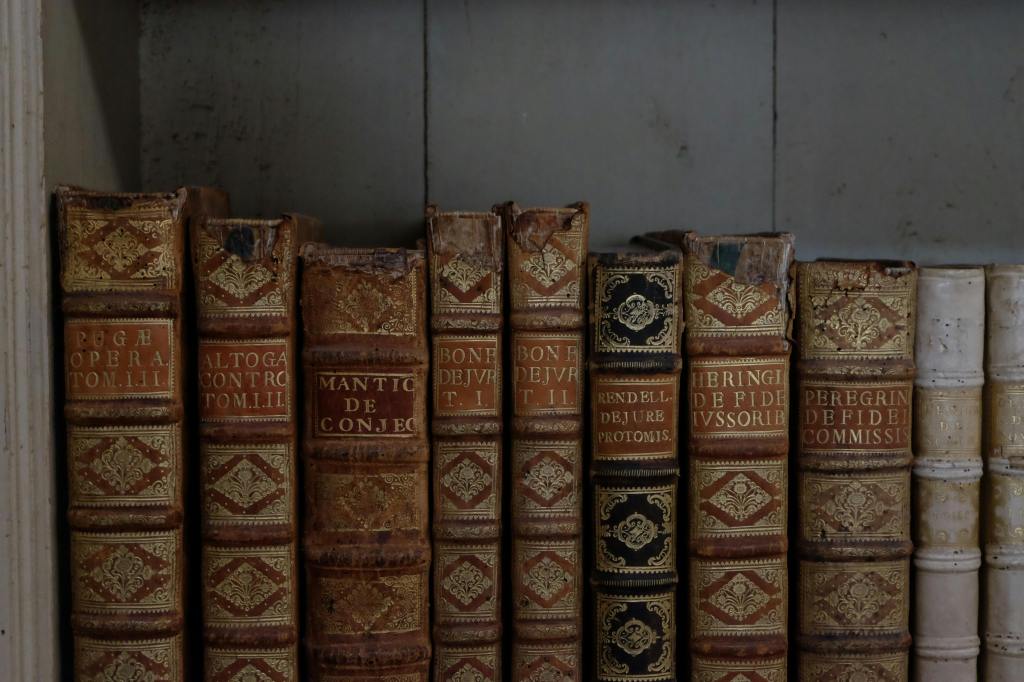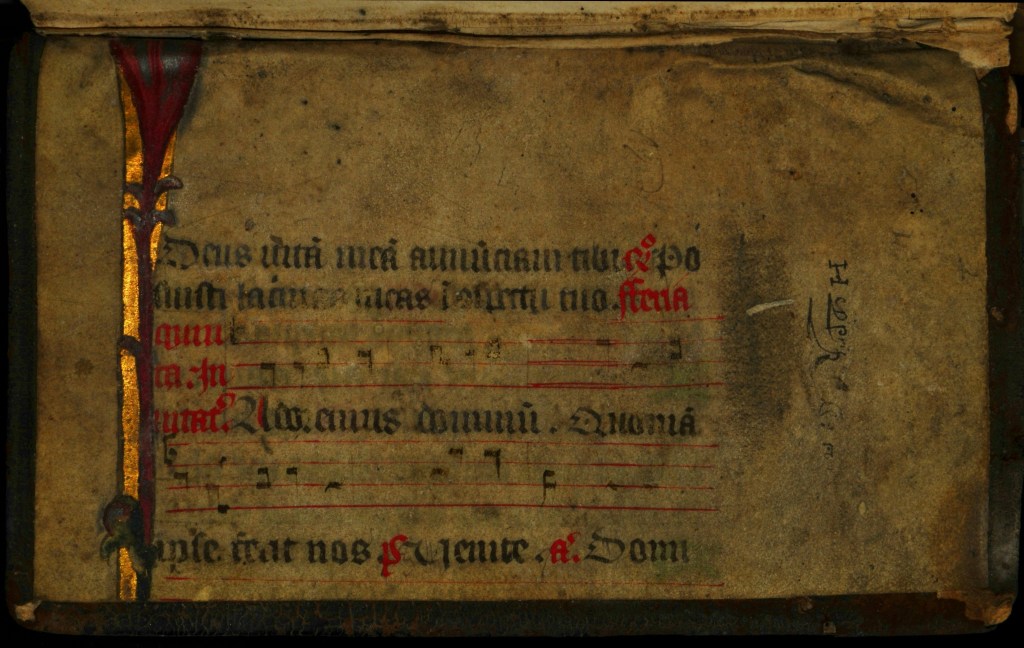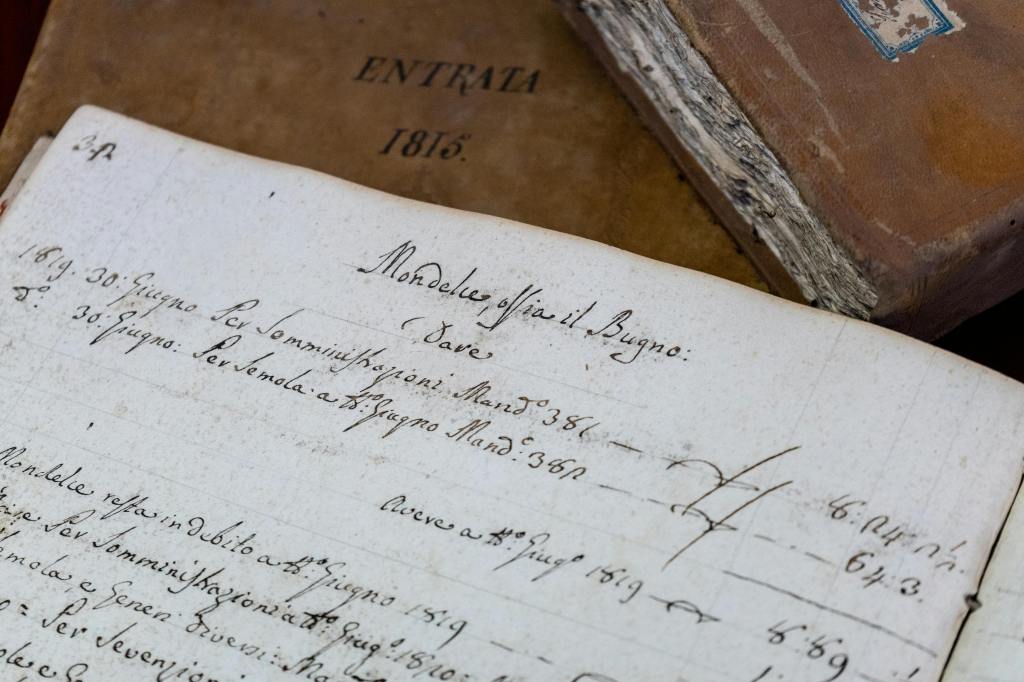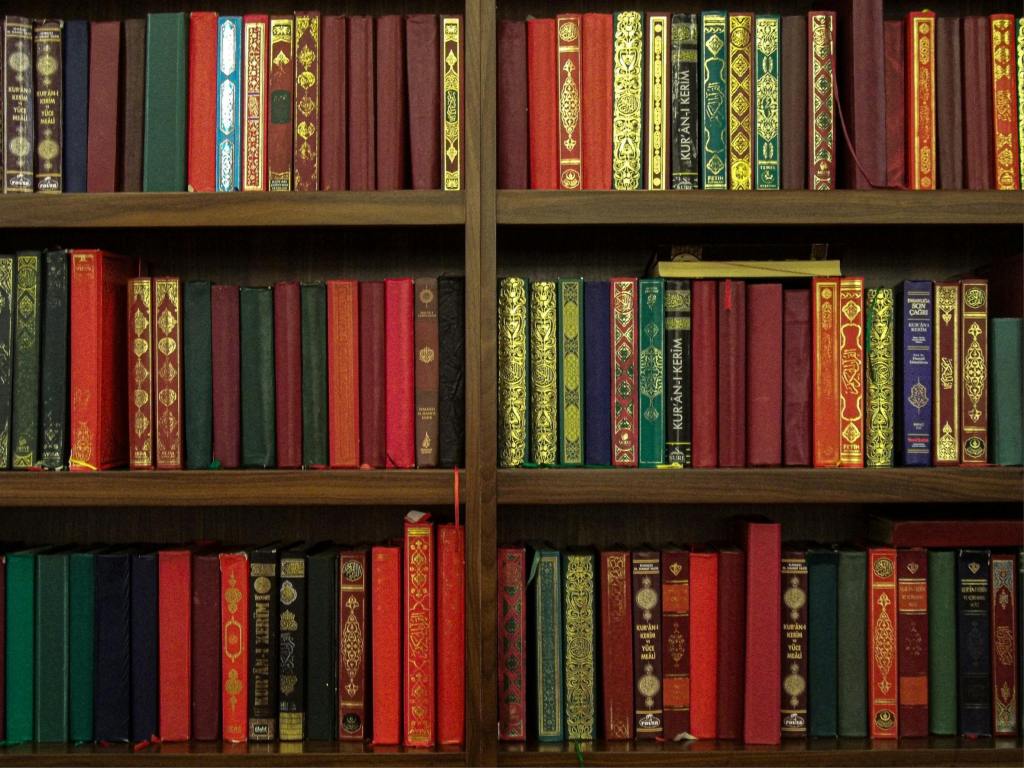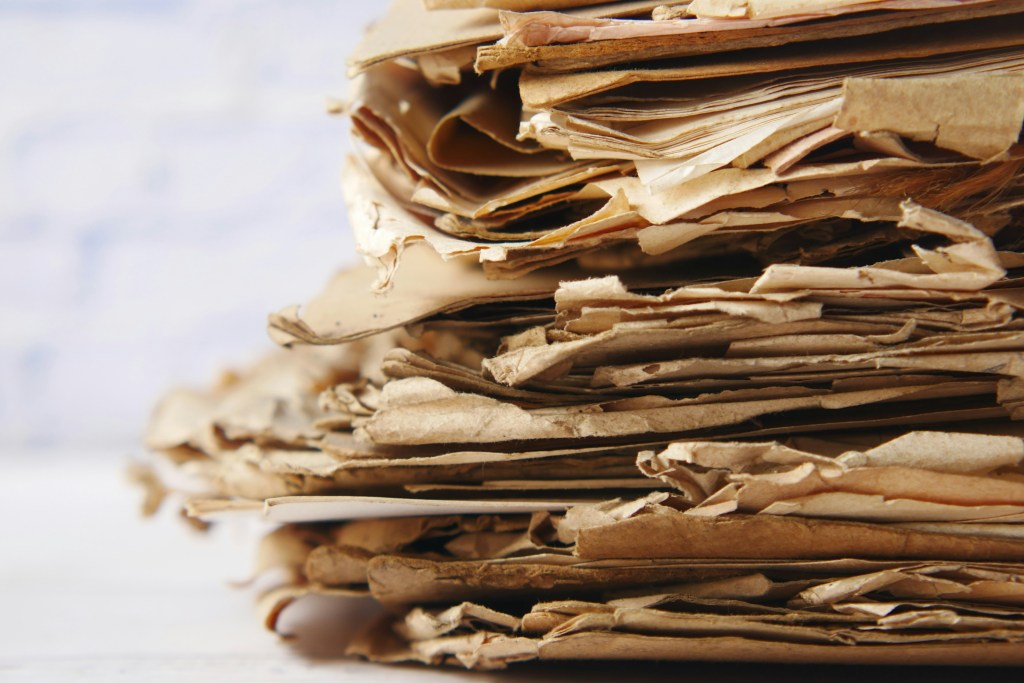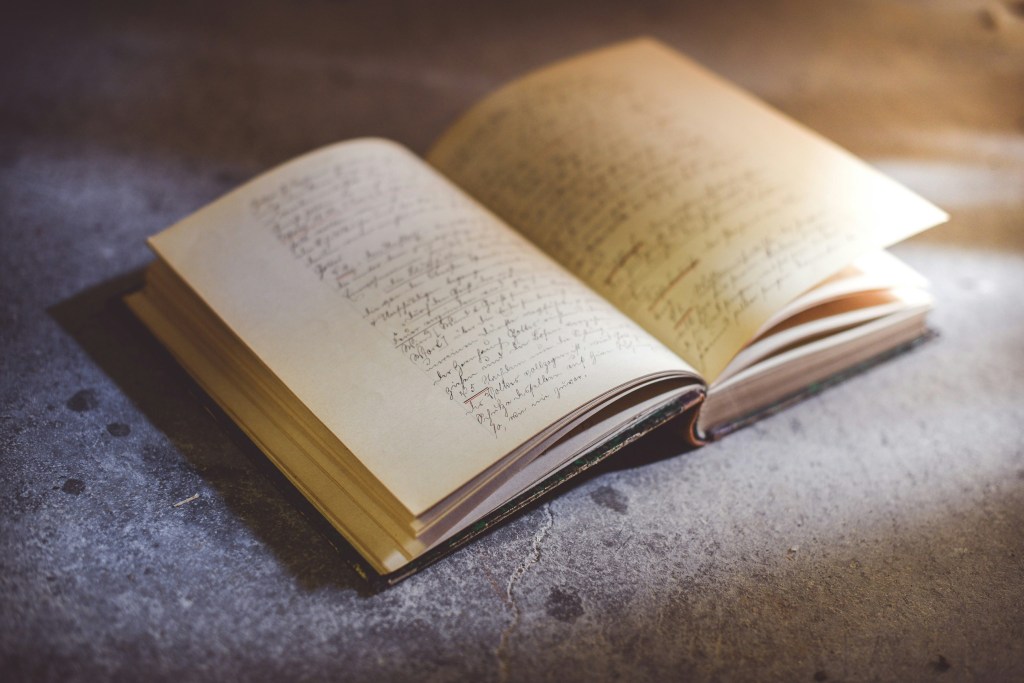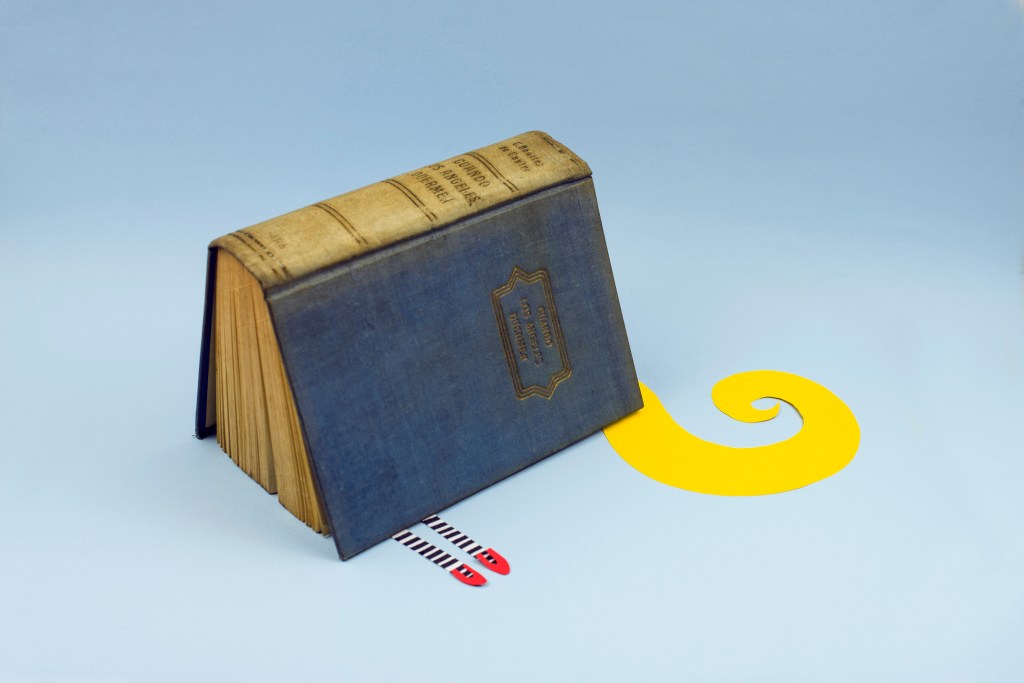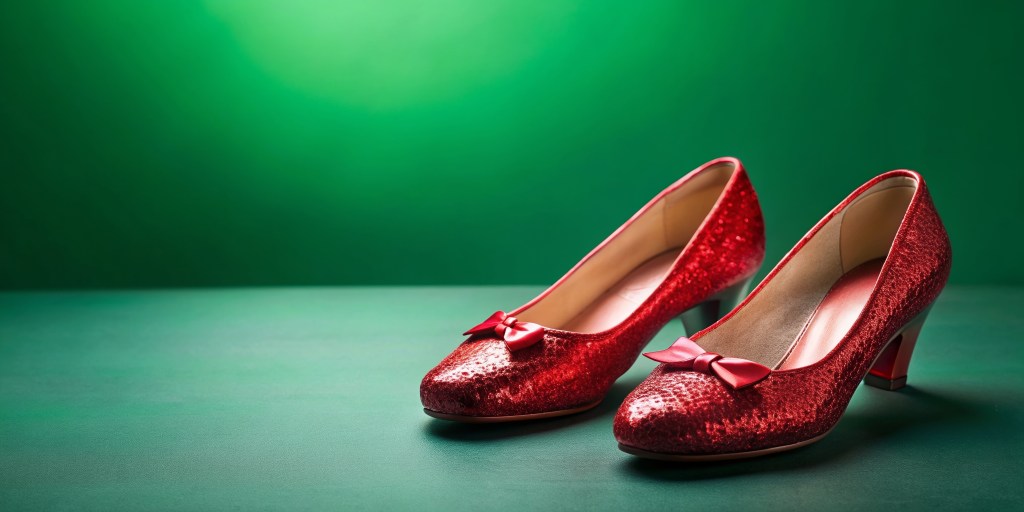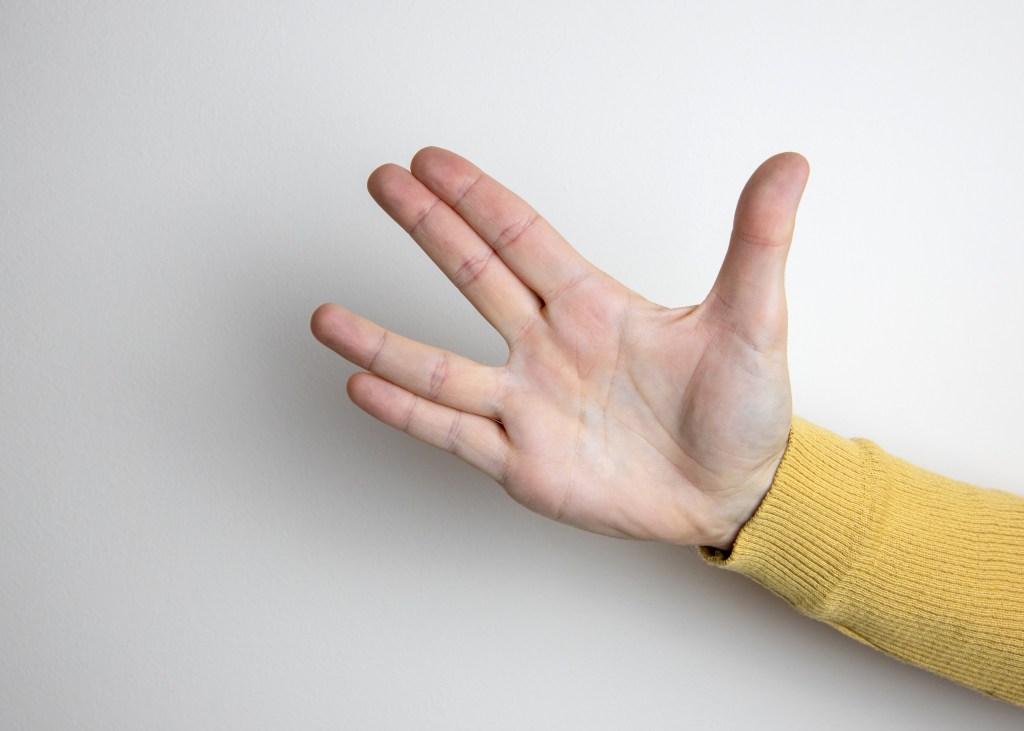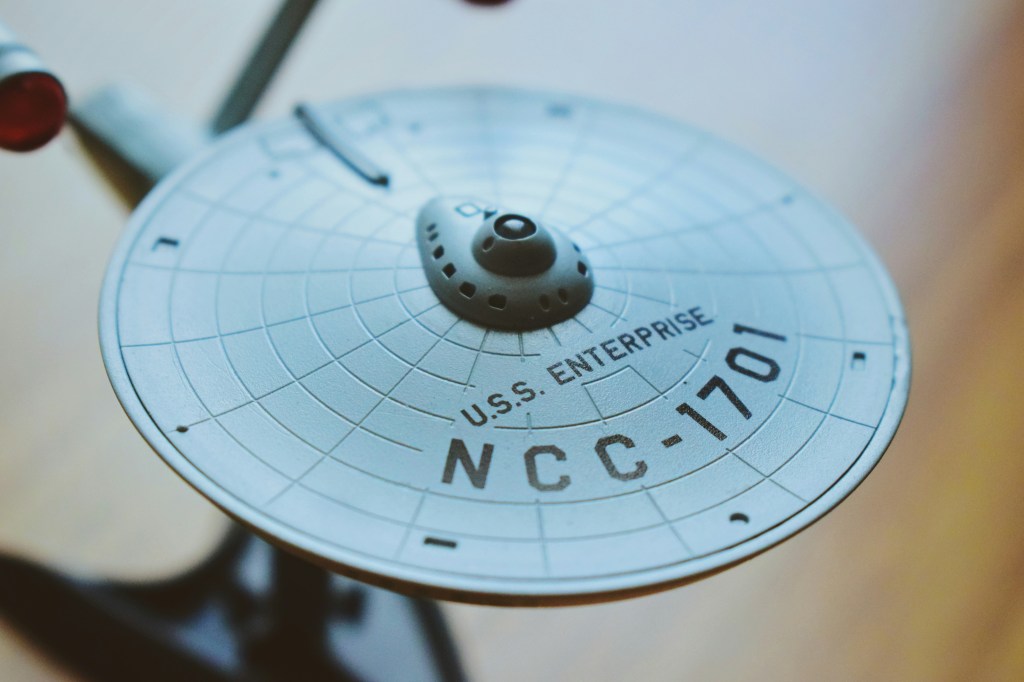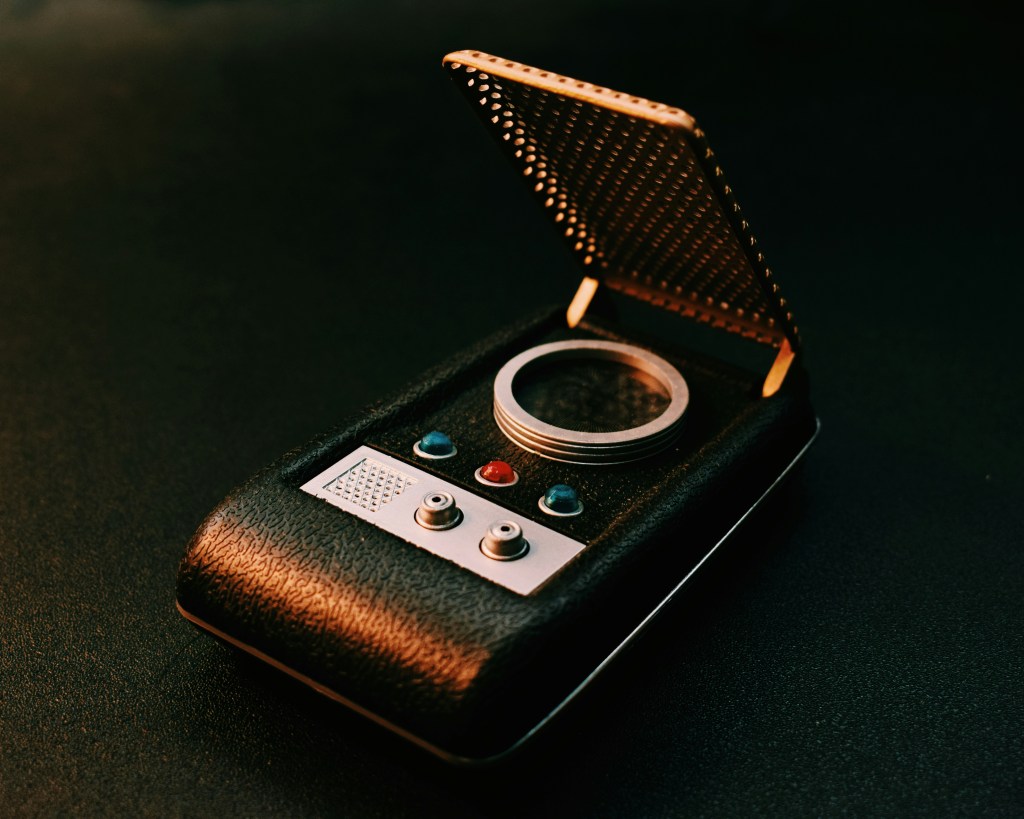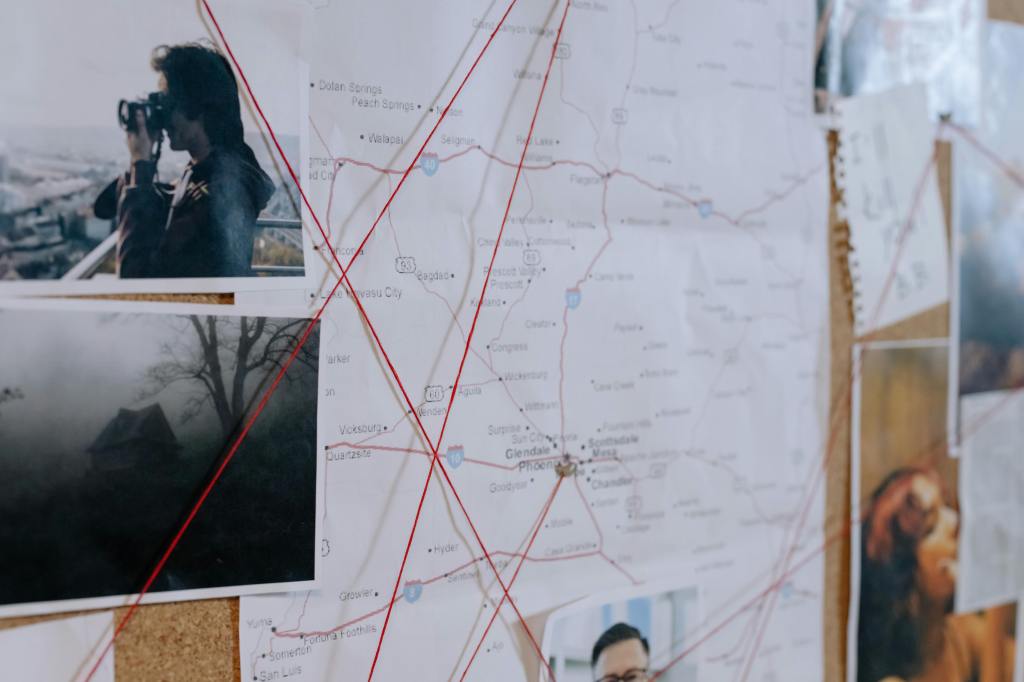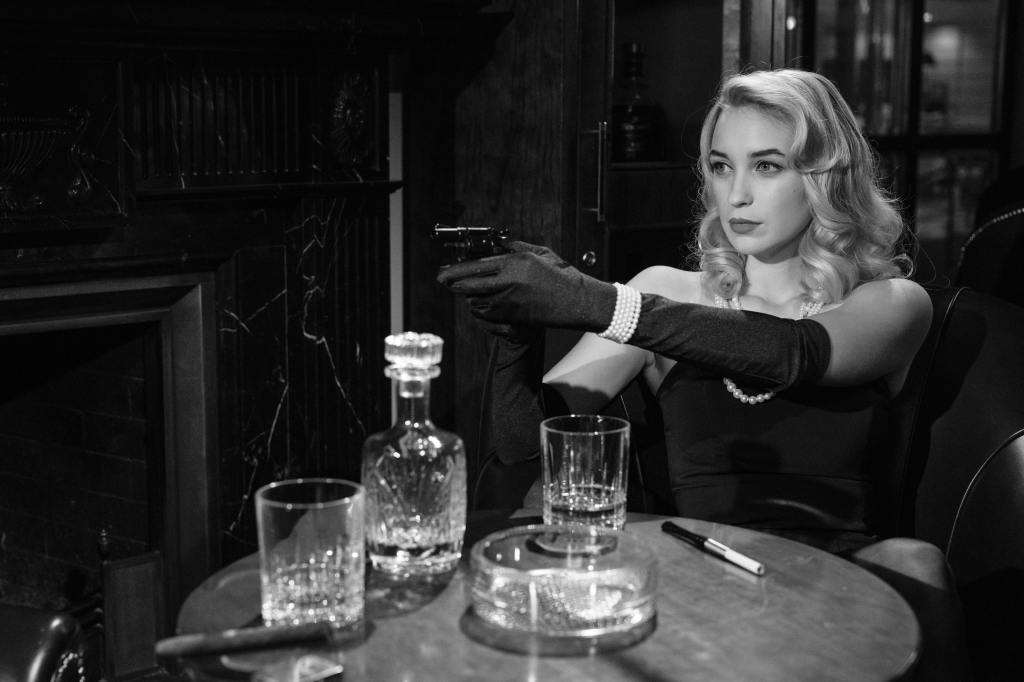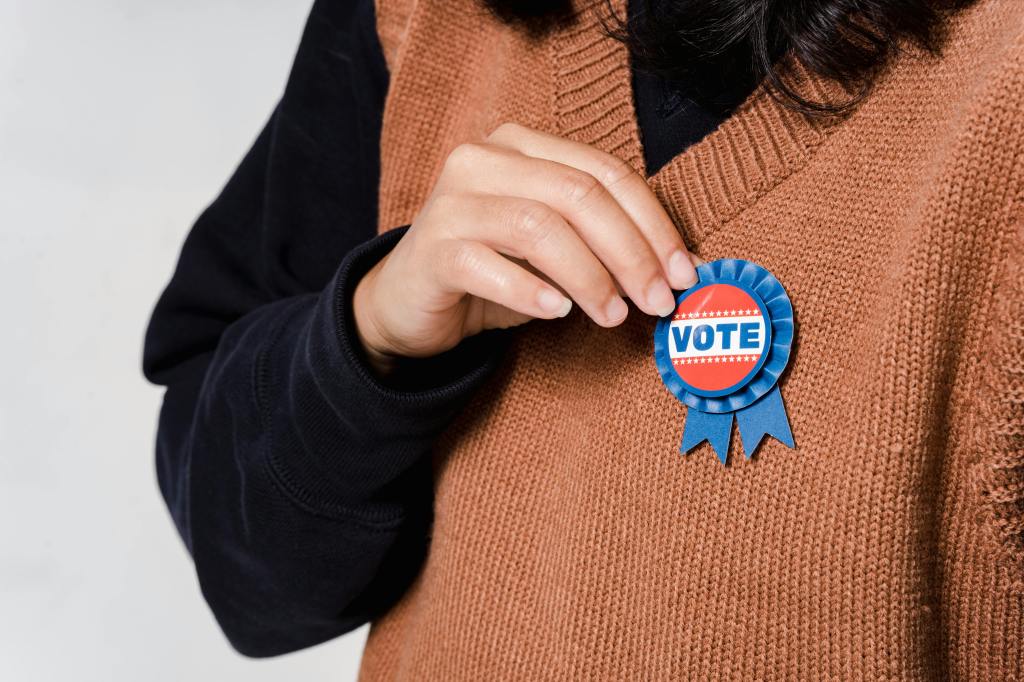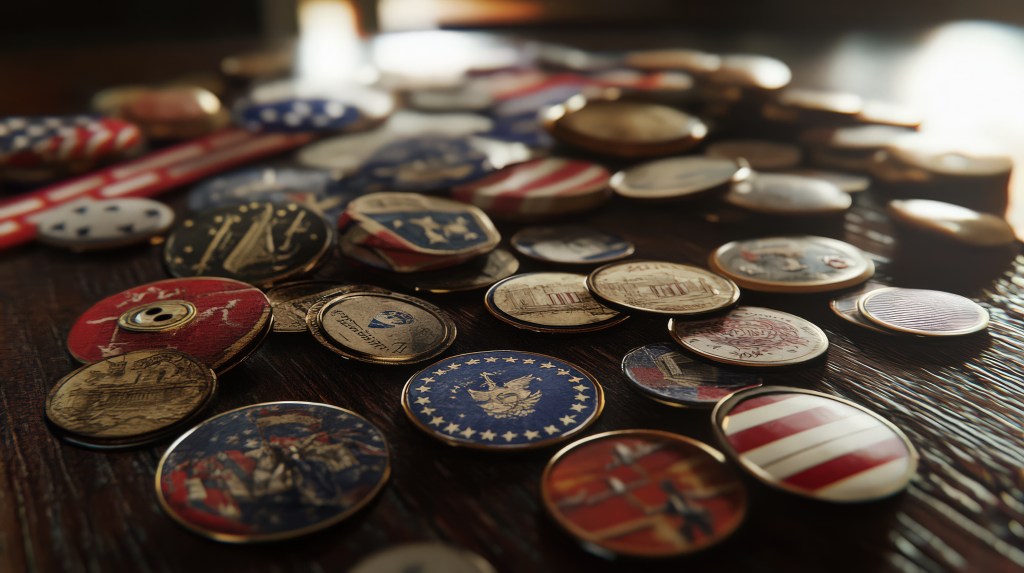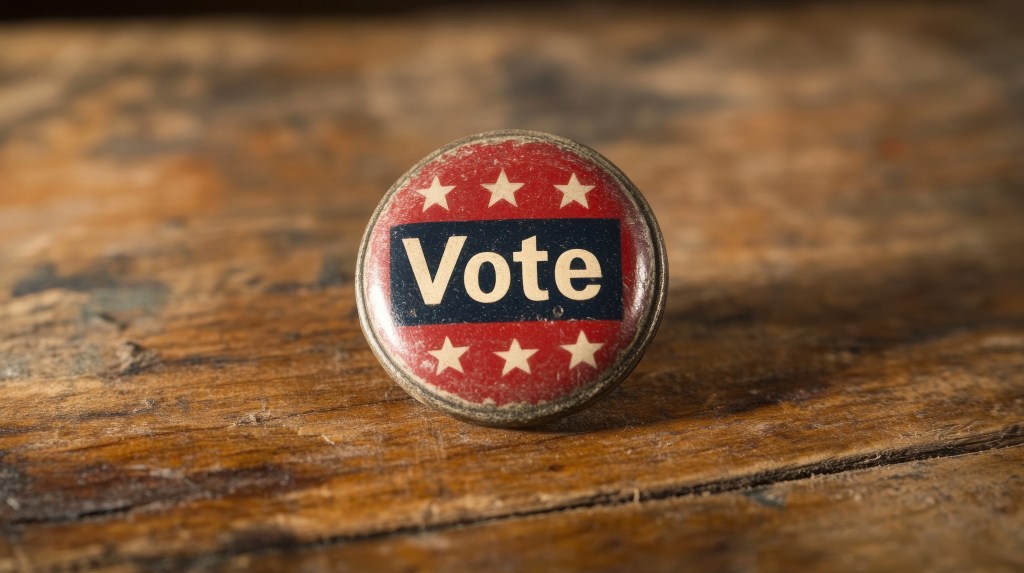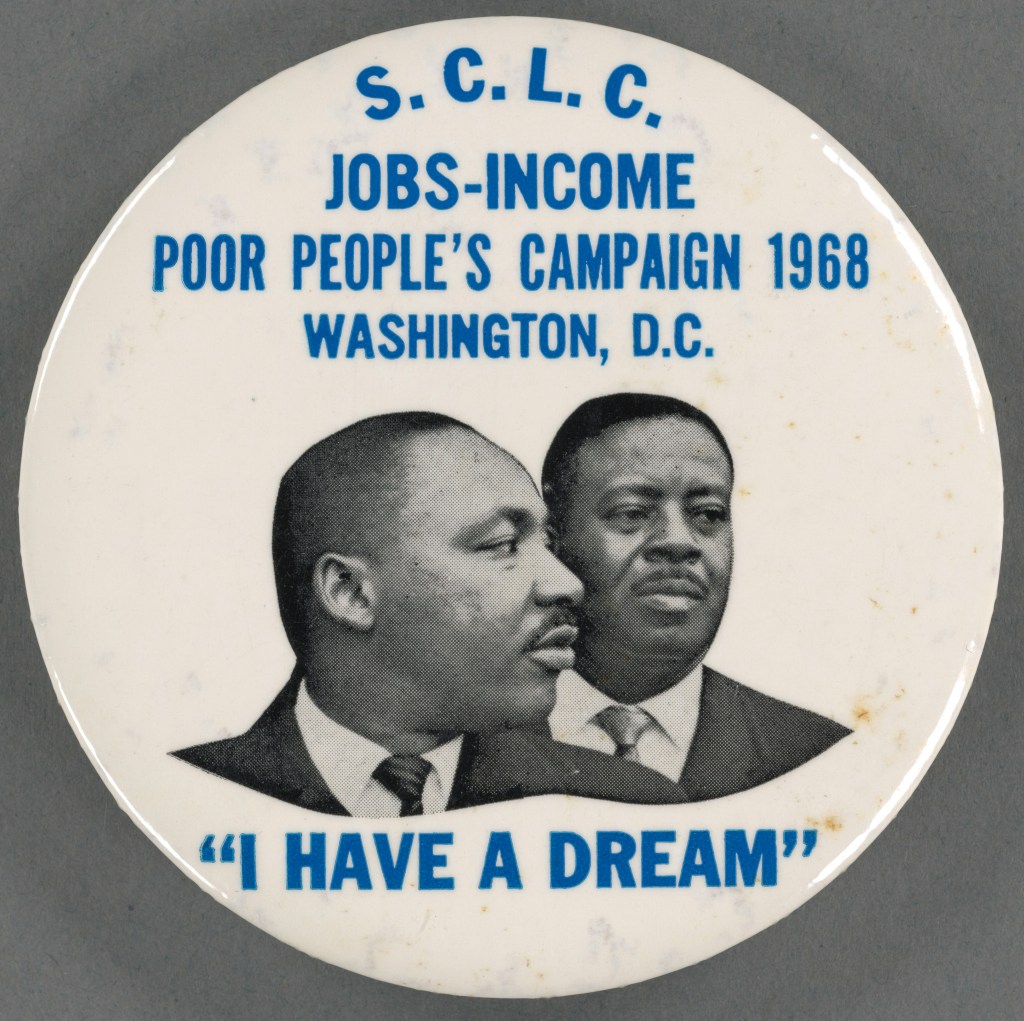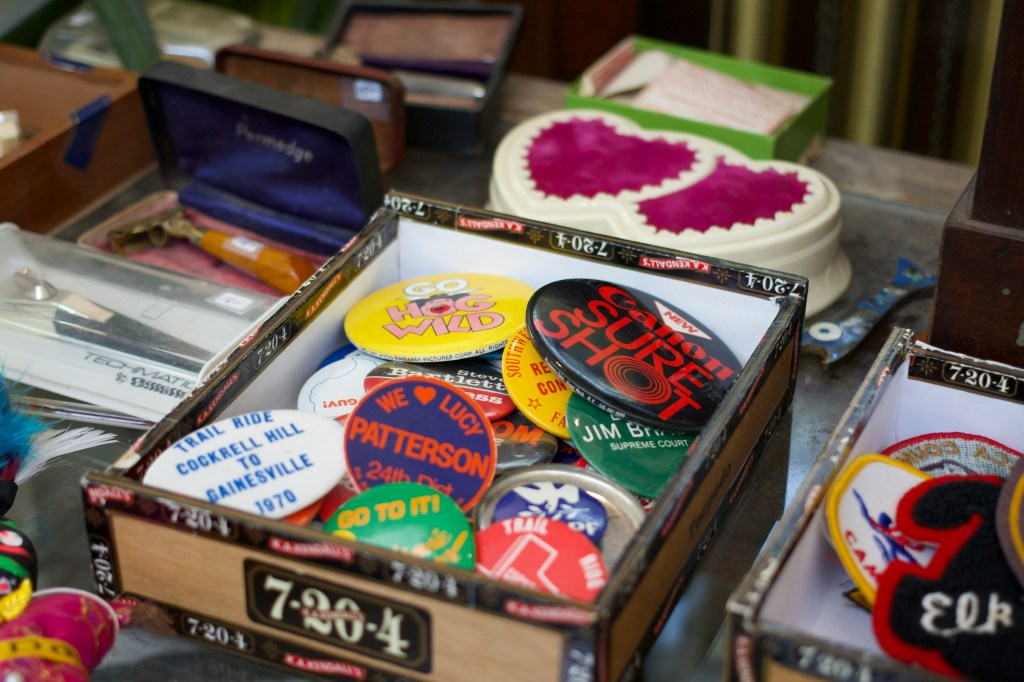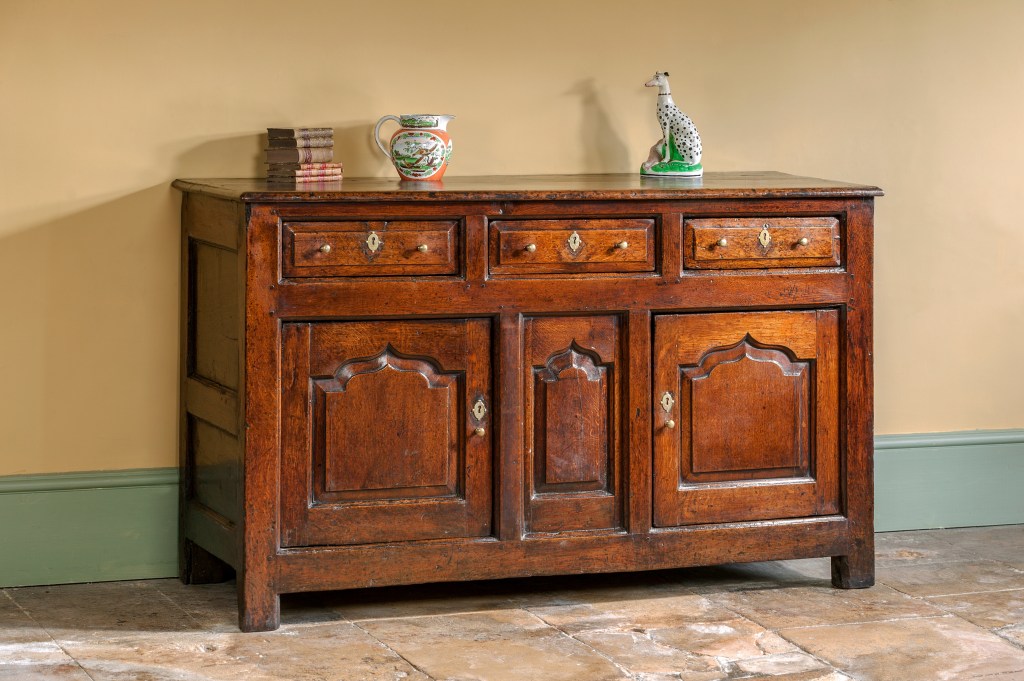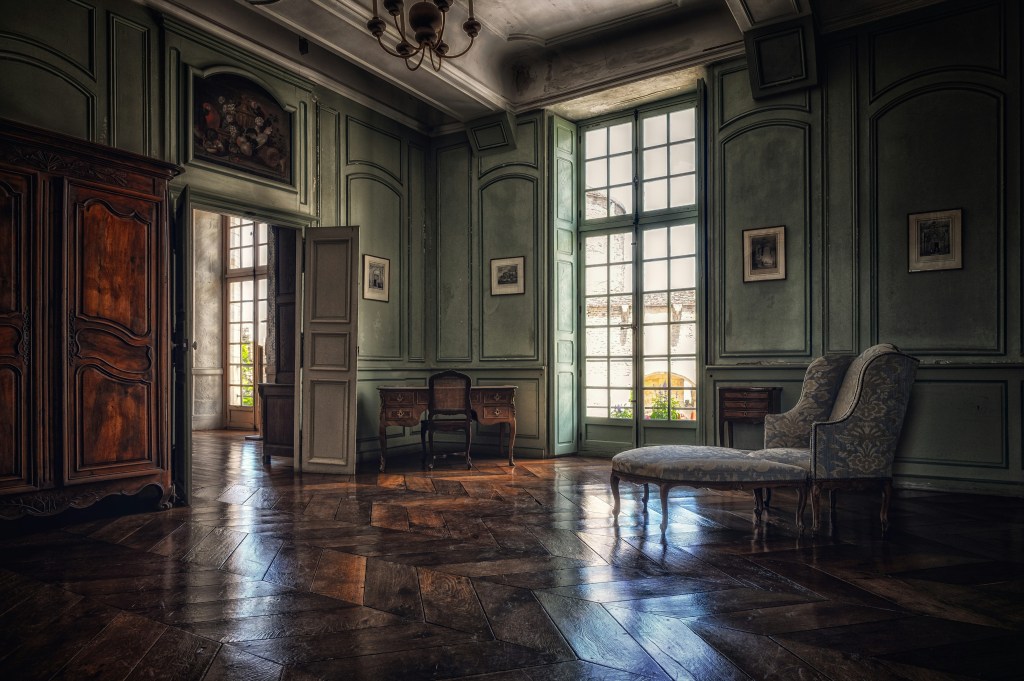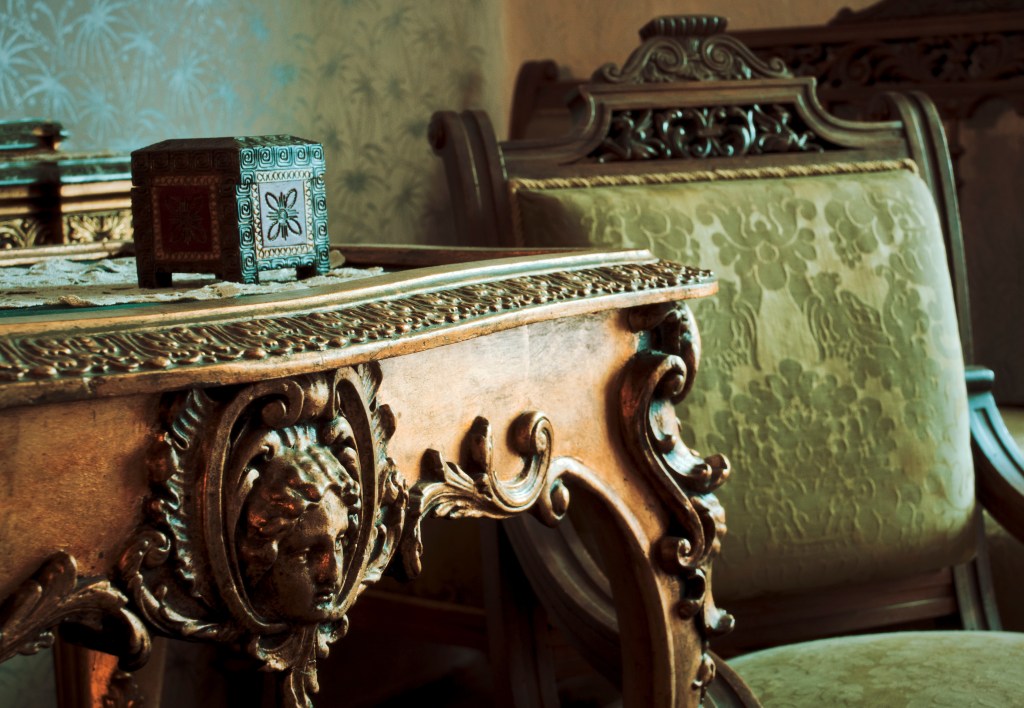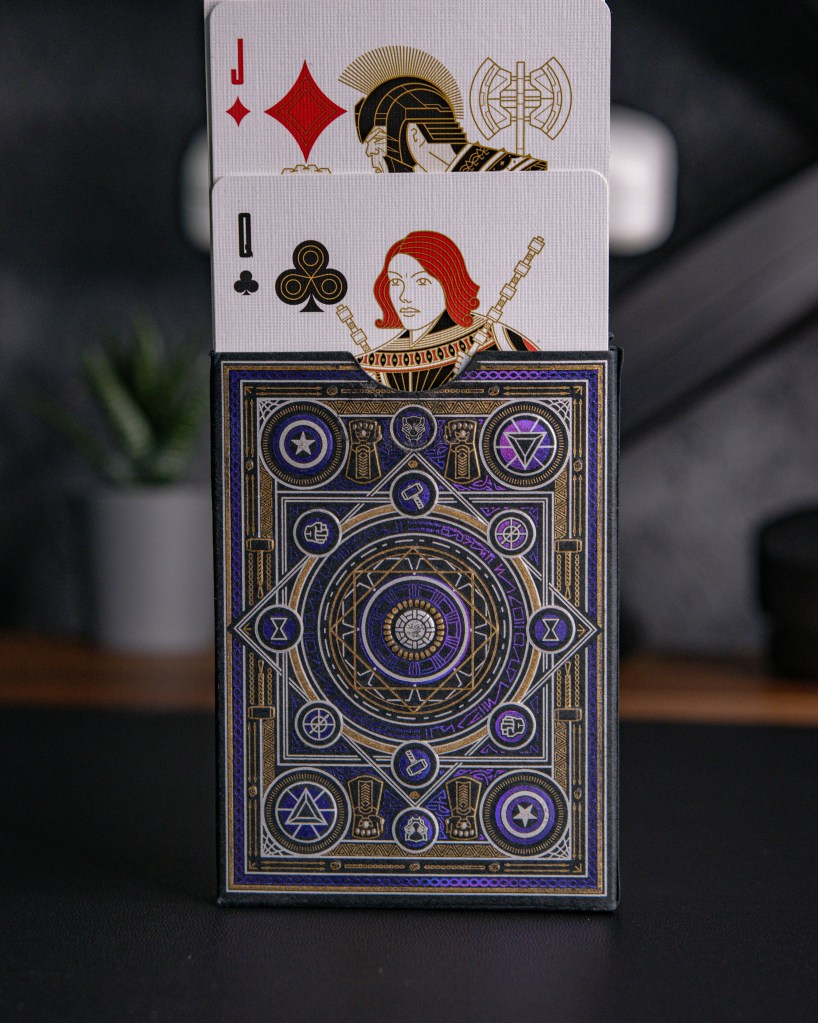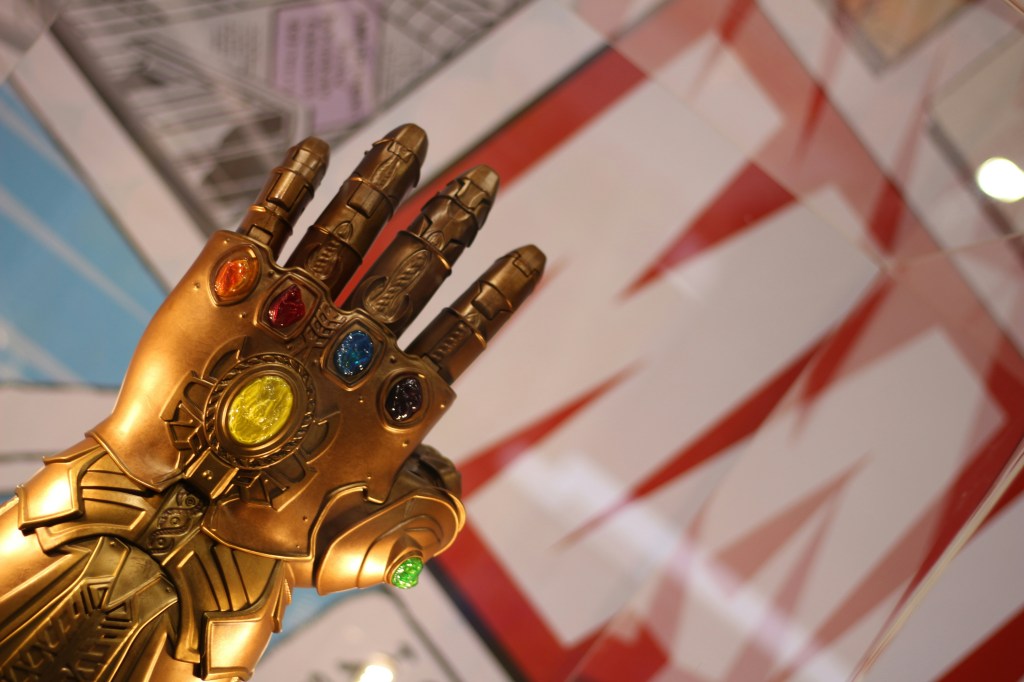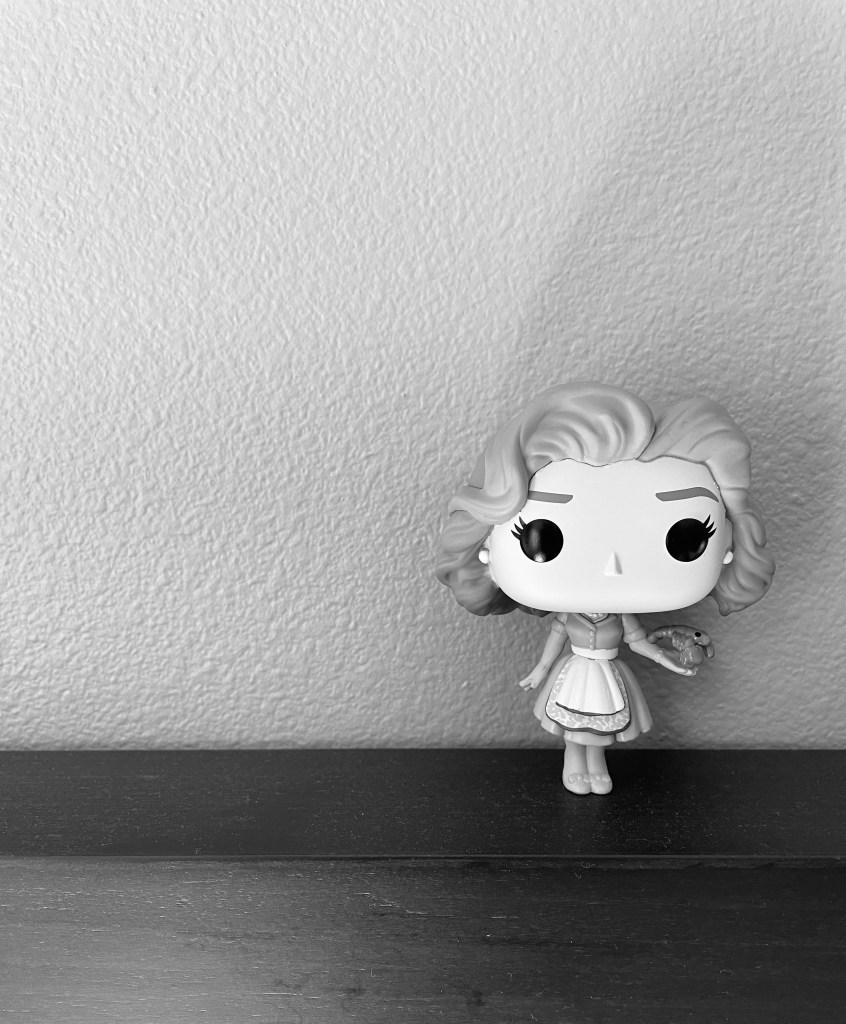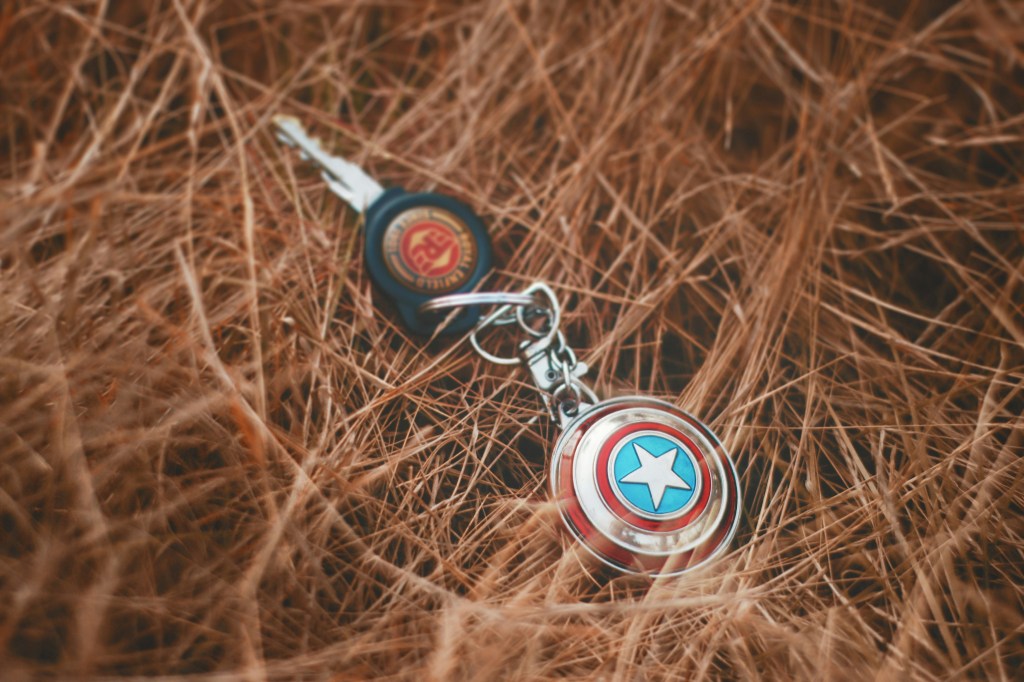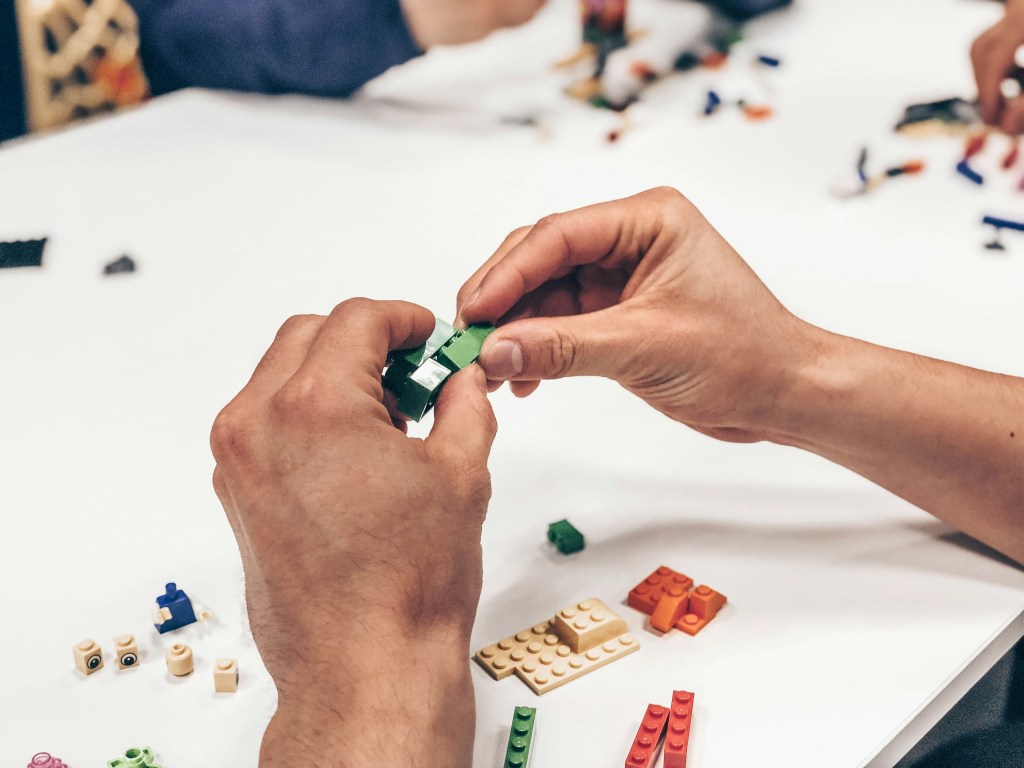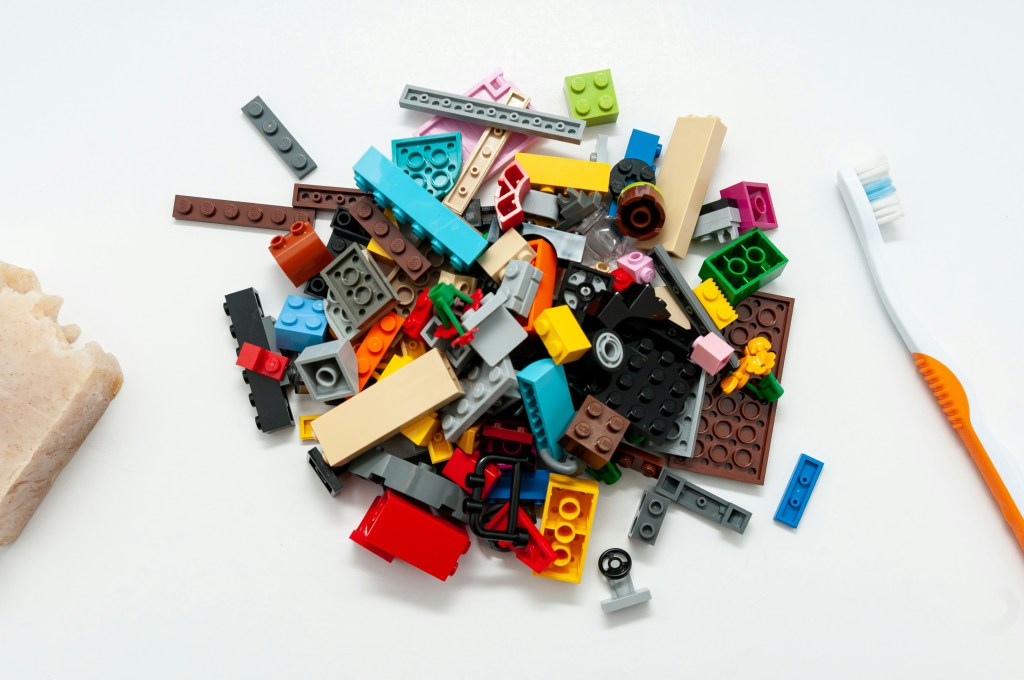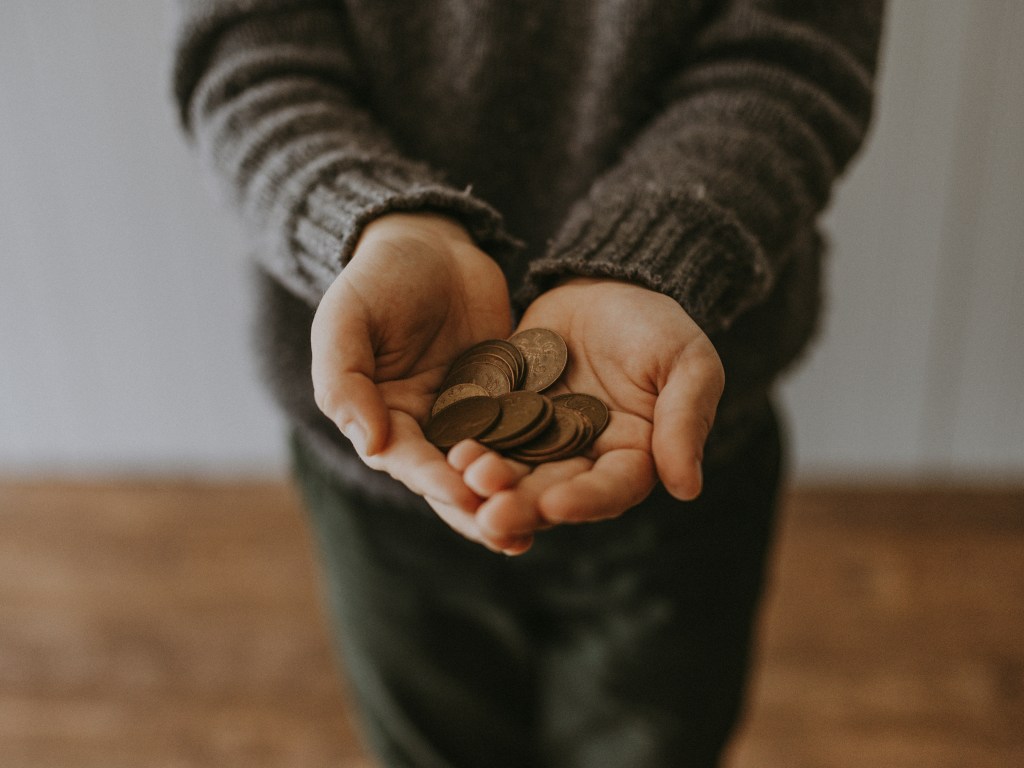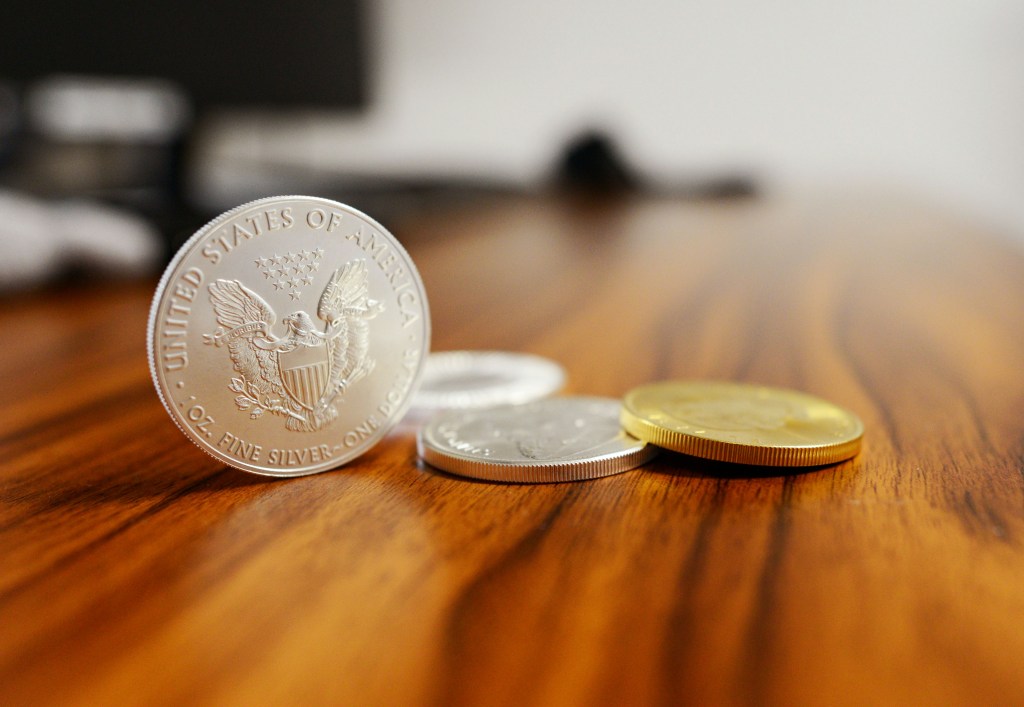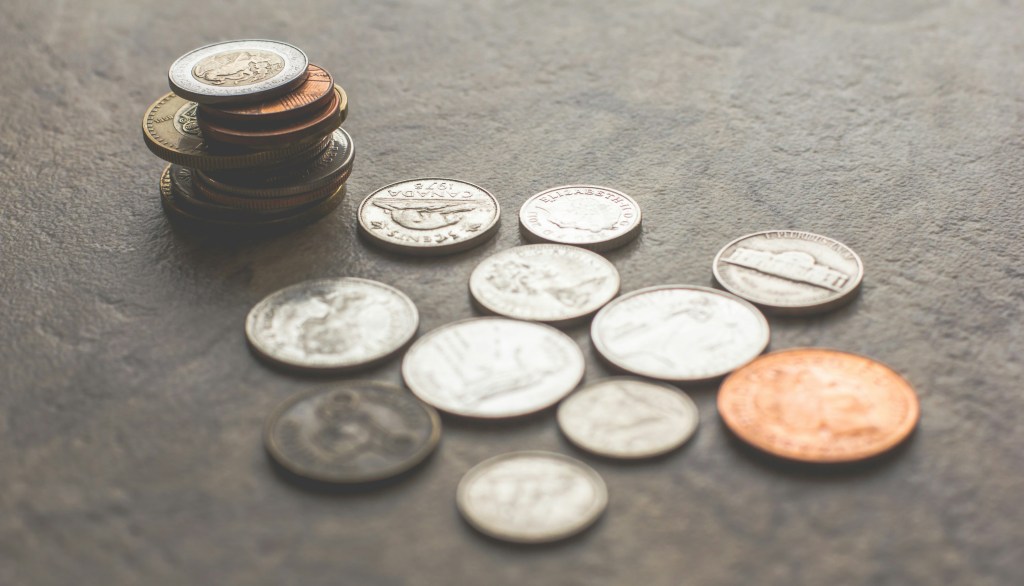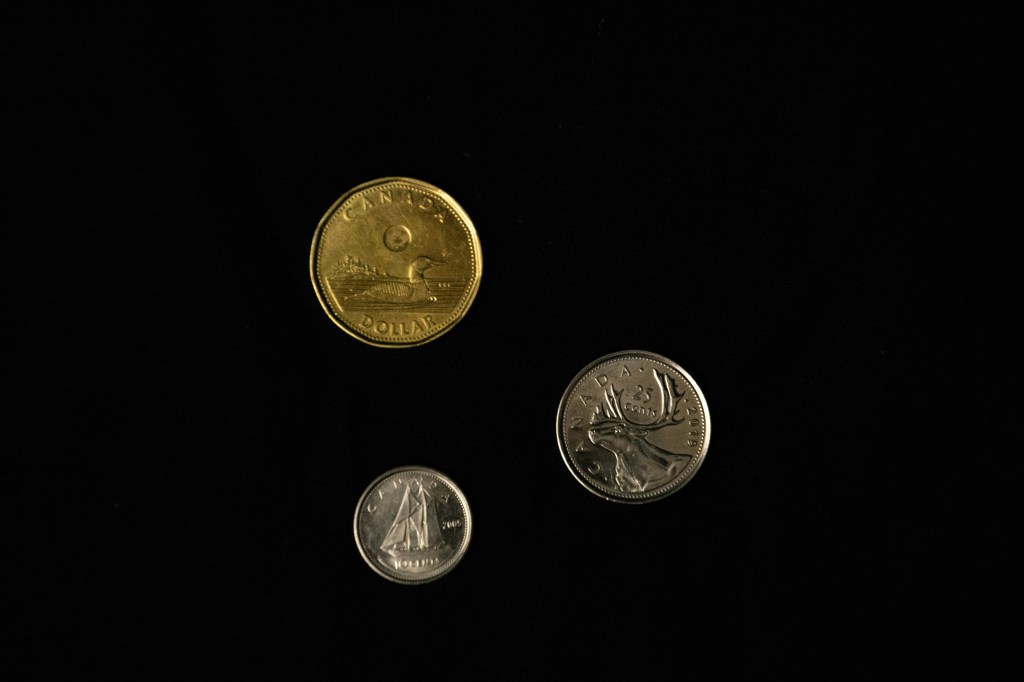Sports memorabilia holds a special place in the hearts of fans. It serves as a tangible connection to iconic moments and legendary athletes. Collecting these items captures the essence of unforgettable games, miraculous plays, and the thrill of victory.
If you’re a beginner looking to start your collection, understanding the nuances of value, authenticity, and the significance of each piece can enhance the experience and deepen your connection to the sports you love. Read on to learn more!
Authenticity and Provenance: Keys to a Valuable Collection
In the world of sports collectibles, authenticity is paramount. Certificates of authenticity serve as vital documentation that explains an item’s history, including where it was acquired and, if applicable, its previous ownership.
Although authentication can be an added expense, it is a worthwhile investment. Having legitimate proof of an item’s history and legitimacy enhances its appeal and offers collectors peace of mind.
Valuation process
When purchasing collectibles, especially valuable or rare items, it is crucial to verify provenance. This means ensuring that the item comes from a trustworthy source. Always opt to buy from authorized dealers or reputable auction houses, and take the time to research their legitimacy.
Authentication and grading services
Authentication services play a key role in protecting collectors from counterfeits. While these services usually come with professional fees, the benefits far outweigh the costs. Professionals conduct extensive research to validate the authenticity of sports collectibles.
Reputable companies such as PSA/DNA, JSA, and Beckett are widely recognized for their expertise in these areas and can significantly enhance the credibility of your collection.

Condition, Rarity, and Star Power: Factors Driving Worth
The condition of sports memorabilia plays a big role in determining its value. Items that are in mint condition fetch significantly higher prices in the market because they remain as pristine as when they were first created or released.
Various factors can affect an item’s condition, such as defects like tears and scratches, discoloration, and general wear and tear.
Rarity
Rarity is another critical aspect that influences the value of sports memorabilia. Generally, the rarer an item is, the more sought after it becomes, leading to increased demand among collectors.
Unique pieces, such as autographed items, limited edition trading cards, and equipment worn in championship games, can command premium prices.
Legends
The fame of the athlete linked to a particular piece of memorabilia significantly impacts its market demand. Items associated with iconic moments, legendary athletes, and remarkable achievements tend to attract more attention and command higher prices.
An athlete’s legacy can drive collectors to seek out memorabilia that represents pivotal moments in sports history, making star power an essential factor in the overall pricing and desirability of these items.
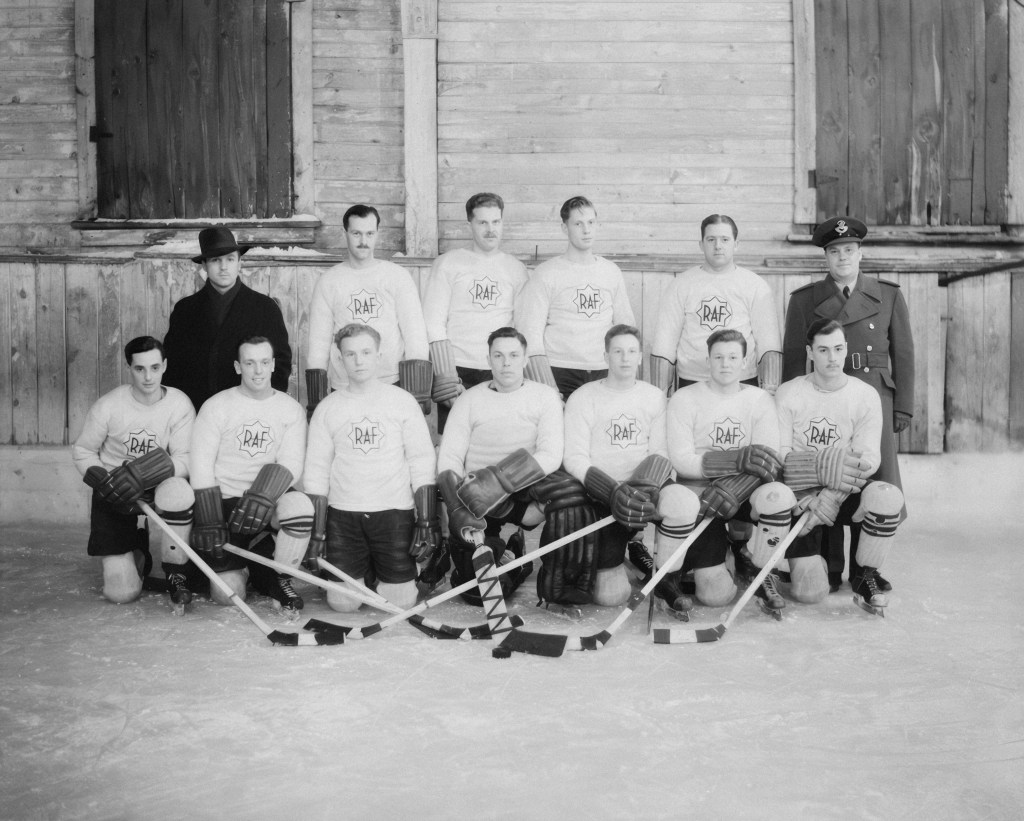
Autographed and Game-Used Items: Iconic Treasures in the Market
Authenticated autographed memorabilia is one of the most sought-after categories in the world of sports collectibles. Collectors highly prize items such as jerseys, photographs, and balls bearing the signatures of athletes.
The Certificate of Authentication (COA) enhances the value of these items by proving the signature’s verification. Professionals analyze the signature against a database of known athlete signatures; a match confirms its authenticity, while a discrepancy indicates forgery.
Game-used memorabilia
Collectors have a special place in their hearts for game-used memorabilia. Game-worn jerseys are particularly desirable because they are directly connected to key moments in sports history and their favorite team.
Iconic equipment
In addition to jerseys, equipment used in iconic sporting events is highly coveted. Items like helmets, gloves, bats, and balls not only symbolize the athlete’s contribution to a game’s success but also connect enthusiasts to the thrill of the sport itself.

Navigating the Market: Buying, Selling, and Investing Tips
Investing in sports memorabilia can be rewarding, offering personal enjoyment and potential financial gains. Understanding market trends and value factors is essential for collectors and long-term investors.
This guide offers insights into reputable auction sites, private sales, and strategies for maximizing your return on investment (ROI) in sports memorabilia.
Types of memorabilia to consider
If you’re looking to start investing in sports memorabilia, several categories are worth exploring:
- Championship Memorabilia: Items like World Series bats or Super Bowl coins often appreciate value and resonate with fans.
- Sports Cards: Focus on rookie cards of legendary athletes, such as Michael Jordan in basketball or Mickey Mantle in baseball.
- Game-Worn Items: Gloves, jackets, helmets, and jerseys worn during games and MVP seasons add a personal touch to your collection.
- Autographed Items: Equipment, jerseys, and balls signed by iconic athletes like Muhammad Ali and Babe Ruth can be highly sought after.
Valuable memorabilia
Wondering what the most valuable items in sports memorabilia are? A couple of standout pieces include the Honus Wagner baseball card and Babe Ruth’s 1920 New York Yankees jersey.
For more fun facts about baseball, check out our blog, “Collecting Baseball Cards: A Guide to Building Your Dream Collection.”
Starting a sports memorabilia business
If you decide to start a business in sports memorabilia, thorough research is vital. Consider these key points:
- Market Research: Stay informed about current market trends, in-demand items, and notable players.
- Authenticity Matters: Always prioritize authentic pieces and seek reputable dealers. Heritage Auctions, Sotheby’s, and Fanatics are excellent sources for genuine items.
- Verification: Authenticity cannot be overstated; always verify items and consult professionals when in doubt. Professionals have extensive knowledge and employ techniques like photo matching.
- Online Presence: Utilize online marketplaces like eBay to expand your reach and maintain a consistent social media presence to promote your business. Be sure to connect with your buyers and prioritize excellent customer service.
- Networking: Don’t underestimate the value of in-person connections. Attend conventions and trade shows and visit antique shops to build relationships within the community.
Understanding market trends
The sports memorabilia market can be highly volatile, so it’s important to stay updated. Several factors influence the value of items, including:
- Player Legacy: The athlete’s reputation and influence play a significant role.
- Condition and Authenticity: The state of the item and proof of authenticity are critical for value assessment.
- Rarity: Limited edition items or those tied to significant moments in sports history tend to have higher values.
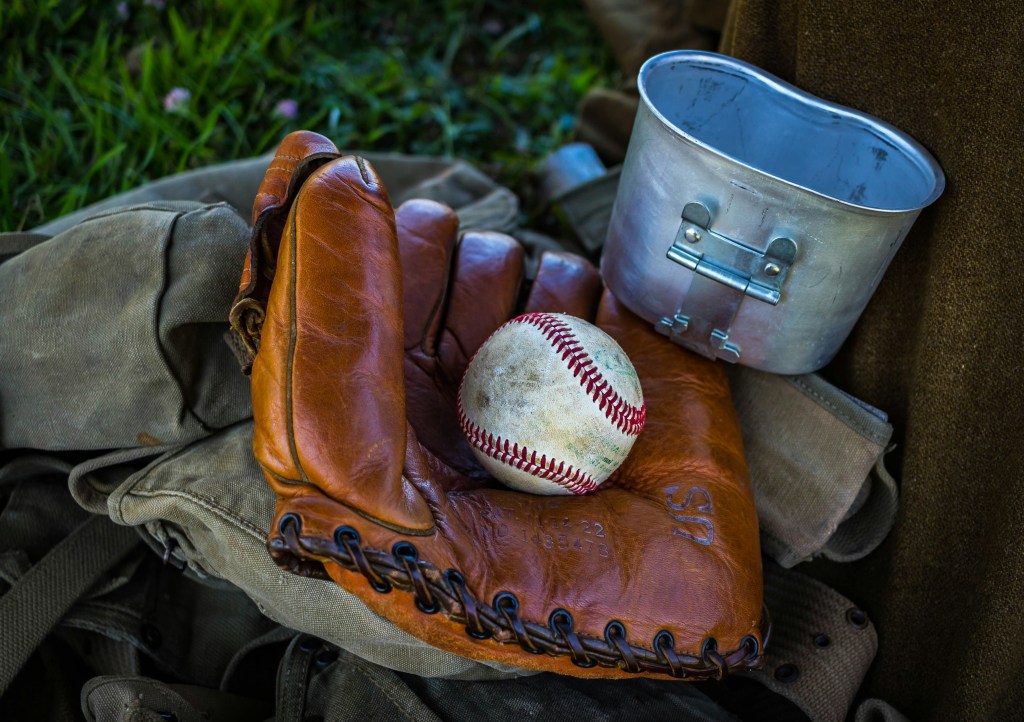
Protecting and Preserving Your Collection
Maintaining the integrity of your memorabilia starts with proper storage, display, and insurance measures.
Storage
Utilizing archival-quality storage materials and supplies is essential for preserving your collection. For example, trading cards, such as baseball and basketball cards, should be stored in acid-free sleeves or slabs. This helps maintain their condition while protecting the photo or artwork from environmental exposure and damage.
Additionally, keep temperature and humidity levels stable. Fluctuations in these conditions can lead to warping, damage, or even mold growth.
Display
Keep your items away from direct sunlight, as UV rays can be incredibly harmful. Prolonged exposure can lead to discoloration and fading of your memorabilia.
To ensure that your collection remains vibrant and intact, consider using UV-filtering display cases, shields, or frames. This will help protect your cherished items while still allowing you to enjoy them on display.
Insurance
Protecting your valuable collection extends beyond just storage and display; it also involves ensuring you have the right insurance coverage. Consider policies like those we offer for sports memorabilia, which are specifically tailored to safeguard your memorabilia from risks such as theft, loss, and damage.
Having a comprehensive insurance policy can provide peace of mind and safeguard your collection and investment. Visit our website for more information.
Building a Meaningful and Profitable Collection
A sports collection is all about the passion of sports history and retaining lasting value. Start by focusing on collecting high-value, meaningful, and rare sports memorabilia. Understand the market to identify items with a strong return on investment (ROI) potential, such as vintage jerseys, autographed equipment, or historical artifacts.
Building relationships with reputable dealers and clients and attending auctions can help you discover unique pieces. Finally, ensure that your collection is well-preserved and properly authenticated to maintain its value over time.
Sources
http://highlandmint.com/blogs/sports/most-valuable-sports-memorabilia
http://sportico.com/feature/what-is-a-collectible-sports-memorabilia-1234758806
http://sothebys.com/en/articles/a-beginners-guide-to-collecting-sports-memorabilia
http://highlandmint.com/blogs/sports/investing-in-sports-memorabilia
